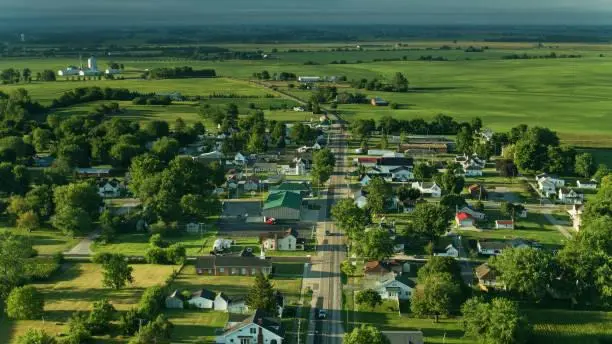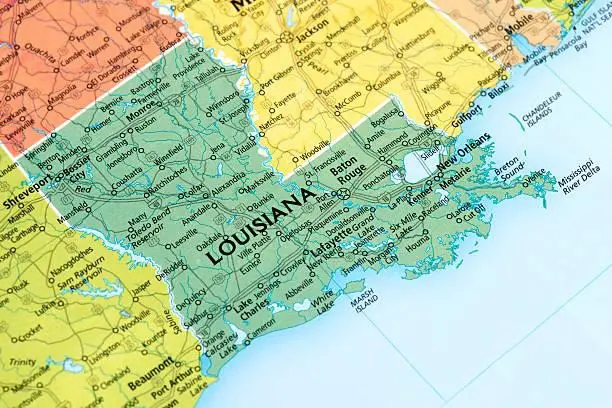
Drinking Water Safety in Louisiana & USA
State of Louisiana
- Louisiana Drinking Water


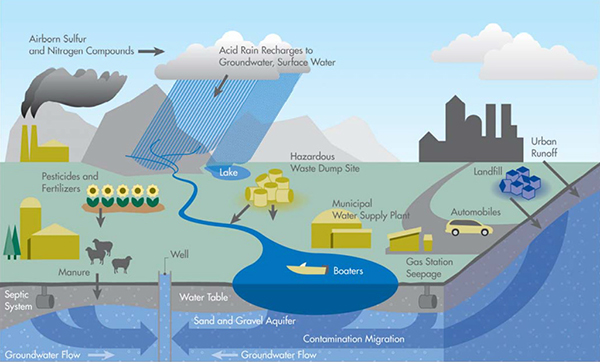
- Louisiana Department of Health, Louisiana Water Grades
Do Louisiana Municipalities Work to Provide Safe Drinking Water?
https://www.ldh.la.gov/bureau-of-engineering-services/watergrade
Yes, Louisiana’s municipalities are overseen to provide safe drinking water, though the specific safety and quality can vary by water system. The Louisiana Department of Health (LDH) offers annual grades for public water systems to track performance. The Louisiana Department of Health’s Safe Drinking Water Program monitors over 1,200 public water systems for compliance with state and federal regulations by collecting and analyzing samples, conducting inspections, and enforcing rules to prevent waterborne diseases and chemical exposures. You can check the grades for your specific community’s water system on the LDH’s Water Grade website.

Unsafe drinking water is a significant problem in parts of Louisiana, particularly in the southeast region, due to pervasive contamination with “forever chemicals” (PFAS), heavy metals, and high salt levels. A 2025 study found nearly all tested homes in the region had PFAS in their tap water, often exceeding pending federal limits, alongside detectable levels of lead and arsenic. Addressing this involves infrastructure upgrades, such as reverse osmosis systems and pipeline extensions, filtering contaminants, and securing cleaner water sources from the Mississippi River.
Common Contaminants and Health Concerns
PFAS (Forever Chemicals). Found in almost all Southeast Louisiana homes, PFAS exposure is linked to high cholesterol, liver damage, and thyroid disease, with the potential for reduced vaccine response in children.
Heavy Metals. Lead and arsenic were found in high concentrations, especially in homes of lower-income and less educated residents, and are linked to brain and kidney damage, as well as anemia.
Salt Levels. High salt levels were detected in all tested homes, impacting taste and contributing to the overall unsafety of the water.
Disinfection Byproducts. High levels of organic matter in water can lead to increased levels of THMs (trihalomethanes), which are disinfection byproducts associated with increased cancer risk.
Federal USA
USA, America’s Failing Drinking Water System
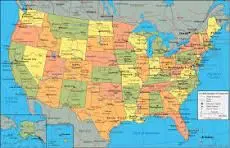
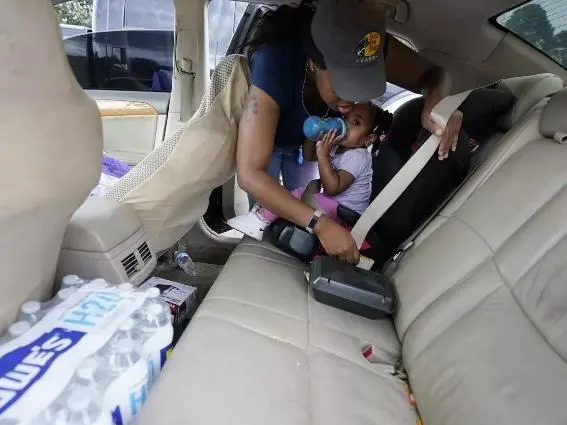
https://www.nrdc.org/stories/americas-failing-drinking-water-system
Why are American cities struggling to Provide Safe Drinking Water?
https://www.pbs.org/newshour/show/why-american-cities-are-struggling-to-supply-safe-drinking-water

There’s a city of 150,000 people where, for years, residents have been periodically advised to boil the tap water. And for a week last summer, there was no reliable water service at all. It’s not in a developing nation. It’s here in the United States. Jackson, Mississippi. While extreme, it’s not an isolated case.
Last year, drinking water was found to be tainted in parts of New York City, Baltimore, and the state of Hawaii. Of course, Flint, Michigan, is still coping with the effects of its lead contamination.
Why are so many cities having problems with drinking water? Shannon Marquez is Dean of Global Engagement and Professor of Water, Sanitation, and Hygiene at Columbia University. Shannon, I’m just going to start with that question. Why does one of the most prosperous nations in the world have trouble delivering safe drinking water to everyone’s home?
USA Public Water Systems
https://www.epa.gov/dwreginfo/information-about-public-water-systems
American cities struggle with safe drinking water due to aging and underfunded infrastructure, widespread contamination from pollutants like PFAS chemicals and agricultural runoff, increasing water scarcity from climate change-driven droughts and excessive groundwater pumping, and the unequal impact of these issues, particularly on low-income and minority communities. These factors create a widespread crisis requiring significant investment and updated solutions.
Aging and Underfunded Infrastructure
Deteriorating Pipes
Much of the nation’s water infrastructure, including pipes and treatment systems, is decades old and in dire need of replacement.
Lack of Investment
There has been chronic underinvestment and a lack of funding to upgrade and maintain these systems, leaving them vulnerable to failure.
Neglect
This neglect allows old pipes to corrode and leach contaminants, like lead, into the water supply, posing serious health risks.
Contamination from Pollutants
Industrial and Agricultural Chemicals
Widespread contamination from industrial pollution, Agricultural runoff, and persistent chemicals like PFAS (forever chemicals) is affecting water sources across the country.
These contaminants can cause short-term illnesses and long-term health problems, including kidney failure, cancer, and diabetes.
Climate Change and Water Scarcity.
A warming climate is intensifying weather patterns, leading to more severe droughts and floods that strain water supplies.
The excessive pumping of water from aquifers to meet demand, combined with increased industrial use, is depleting groundwater sources.
This combination of increased demand and decreased supply makes it harder for cities to consistently provide safe water.
Reasons communities may not apply for funding
Unequal Burden:
The negative impacts of poor water systems and contamination fall most heavily on low-income communities and minority populations.
Communities of color have often been historically underserved and are more likely to experience inadequate water and sanitation systems.
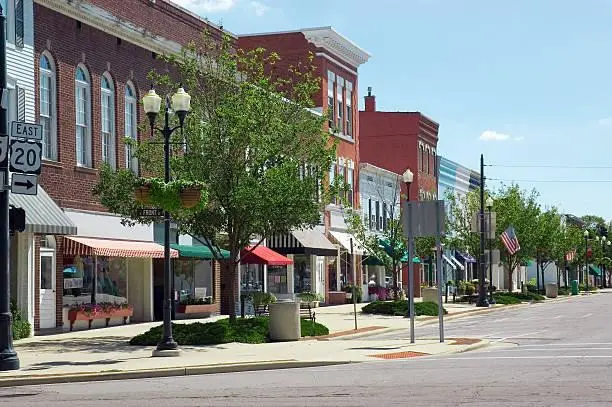
Studies by organizations like the Government Accountability Office (GAO), Headwaters Economics, and others have identified several common barriers that prevent communities, especially smaller and rural ones, from applying for or successfully receiving government grants.
Capacity constraints
Limited staff and expertise: Smaller and rural areas often have limited local government staff and fewer personnel with the expertise to navigate the complex application and reporting processes for government grants.
Time-consuming applications: A federal grant application can take at least 120 hours of staff time, a prohibitive burden for municipalities and non-profits with few employees.
Financial obstacles
Matching fund requirements: Many federal grant programs require recipients to provide a portion of the project costs, a significant financial barrier for under-resourced communities.
Upfront costs: The process of applying for and administering federal grants can involve upfront costs that some communities cannot afford.
Competition with wealthier communities: High-capacity communities with extensive resources are more likely to win grants, leaving fewer funds for less-resourced areas.
Administrative complexity
Difficult navigation: The sheer number of federal grant programs, spanning many different agencies, can be overwhelming to navigate.
Complex regulations and reporting: Grant recipients must adhere to a “dizzying array” of requirements and detailed, time-consuming reporting procedures.
What is known about communities that miss funding opportunities
While a total count is unavailable, research has shed light on specific groups of communities that face hurdles in accessing government funding:
Rural areas: Many rural areas are “capacity-constrained” and effectively unable to pursue federal loans and grants with extensive requirements. For example, in 2023, high-capacity counties received 83% of FEMA’s BRIC disaster resilience funding, while low-capacity counties received only 3%.
Tribal communities: Tribes face unique barriers, such as complex paperwork, cost-sharing requirements, and cultural or geographic factors that hinder their ability to access federal aid.
Small communities: A survey by the National League of Cities found that roughly 6,000 cities, towns, and villages did not receive funding from the Coronavirus Aid, Relief, and Economic Security (CARES) Act in 2020.
Nonprofits: The National Council of Nonprofits testified in 2023 that complex grant processes and reporting requirements create barriers for community-based organizations, especially smaller ones.
